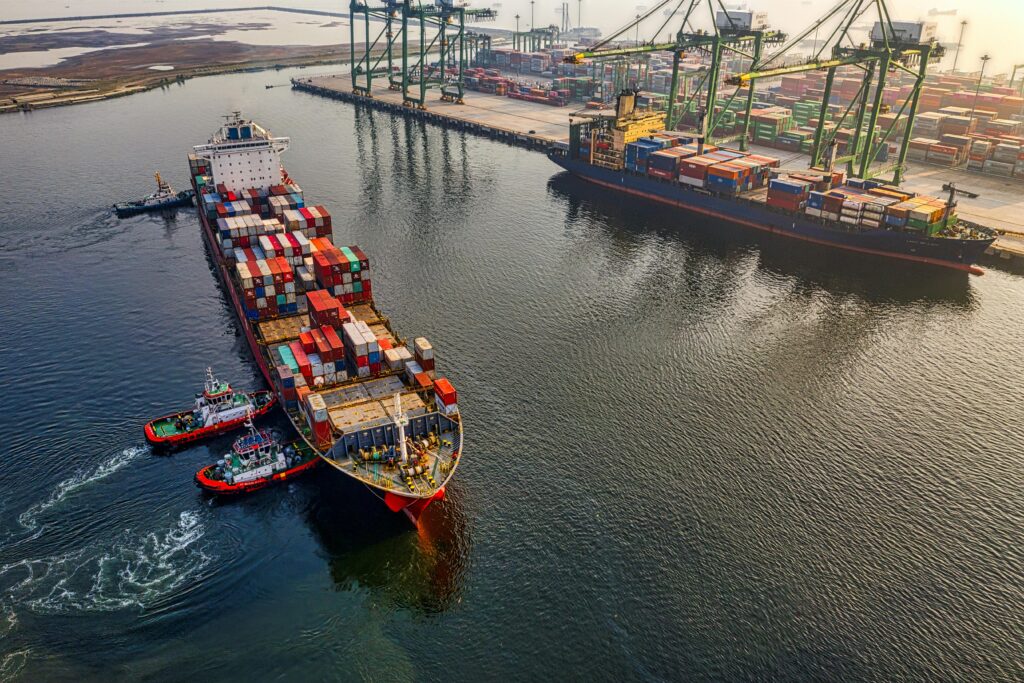The recent US tariff changes are creating a whirlwind of challenges that brands and retailers like you are now forced to navigate. These announcements influence just about every part of your business including sourcing costs, fulfilment strategies and pricing structures. Then, of course, there are the tariffs’ effects on markets, consumer confidence and the global economy.
The current environment is poised to transform how businesses operate across borders. To remain profitable and maintain customer trust, it is essential to grasp the implications and adapt proactively.
What’s changing?
Since April 5th, a 10% baseline tariff has applied to all non-USMCA imports based on manufacturing origin.
Country-specific surcharges introduced on April 9th remain in effect, except for China, where a 90-day truce through mid-August rolls all duties back to the 10% rate.
On May 2nd, the $800 de minimis exemption for China and Hong Kong shipments was eliminated. Low-value parcels now incur the full 54% ad valorem tariff plus a $100 per-item postal fee, with a planned increase to $200 in June suspended. It is still unclear whether de minimis thresholds for other countries will be similarly revoked.
Recent announcements make no reference to the U.S. drawback program, leaving importers uncertain about reclaiming duties on goods exported later. Mexico and Canada remain fully exempt from these new measures, provided they meet USMCA origin rules, while all other countries face the universal 10% baseline plus any surcharges still in force.
On the retaliation front, both the U.S. and Chinese April tariffs have been paused for 90 days under their May 14th agreement. Canada’s 25% levy on U.S.-origin goods continues unchanged, with the possibility of further escalation. The EU has opened public consultations on counter-tariffs targeting U.S. autos, aluminium and other products, whereas Australia has refrained from retaliation, and smaller Asian exporters generally lack the leverage to respond.
How new tariffs impact enterprise ecommerce retailers
Ok, so the landscape has changed and will undoubtedly continue to change. But how exactly will tariffs, retaliatory tariffs and eliminating the de minimis threshold affect you? Possibly in these ways:
1. Higher landed costs
If you rely on suppliers from China, Vietnam and the EU, you will see higher import costs due to new tariff structures. Your margins may shrink unless you move quickly to optimise sourcing, pricing or fulfilment strategies.
2. Supply chain disruptions
The removal of the $800 de minimis threshold means direct-to-consumer (DTC) brands that previously relied on small-parcel shipping from China will face increased compliance burdens, customs delays and shoppers can face unexpected fees at checkout as well as longer shipping times.
3. Pricing pressure and market hesitation
Tariffs often lead to higher product prices, which can slow demand and discourage international expansion. Some brands may choose to delay or rethink their US growth plans amid the uncertainty.
How you can adapt
Uncertainty does reign at the moment. But that doesn’t mean you and your brand are helpless against it. There are steps you can take to protect yourself and your business. ESW’s Vice President of Global Commercial Services advises the following:
Optimise sourcing and trade compliance: Evaluate your HS code classifications and explore alternative suppliers or tariff-exempt markets like Canada or Mexico.
Adjust fulfilment strategies: Consider shifting inventory to regional warehouses to minimise exposure to US tariffs.
Enhance pricing strategies: Plan for potential price increases while maintaining competitiveness through smart promotions and bundling.
Conclusion
Tariff changes create challenges but also opportunities for brands to rethink their global strategies. By staying informed and leveraging smart fulfilment, trade compliance, and diversified sourcing, ecommerce retailers can minimise risks and continue to grow in this evolving trade landscape.
Reach out to find out how we can help your brand navigate these waters.





